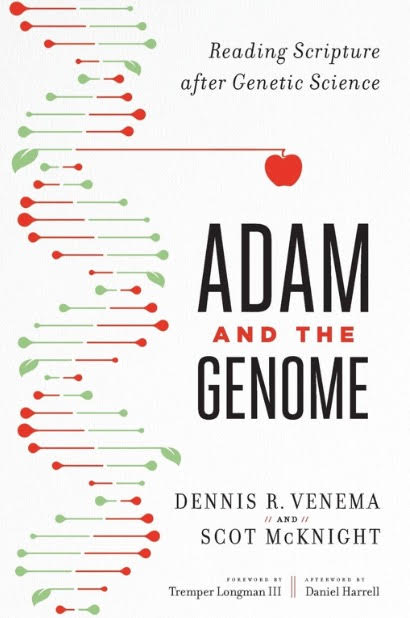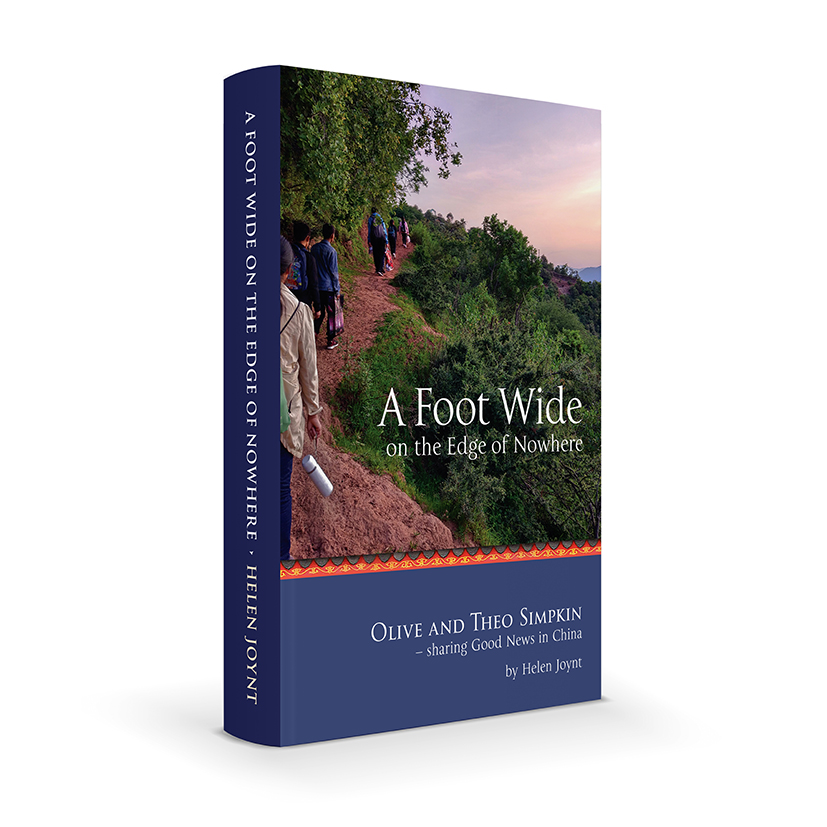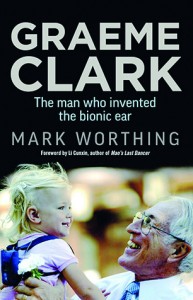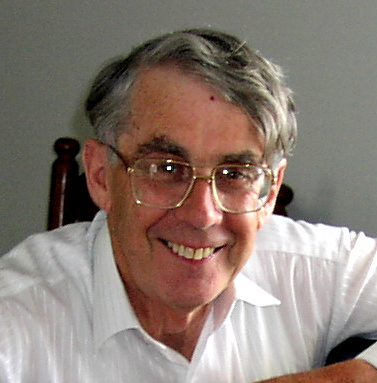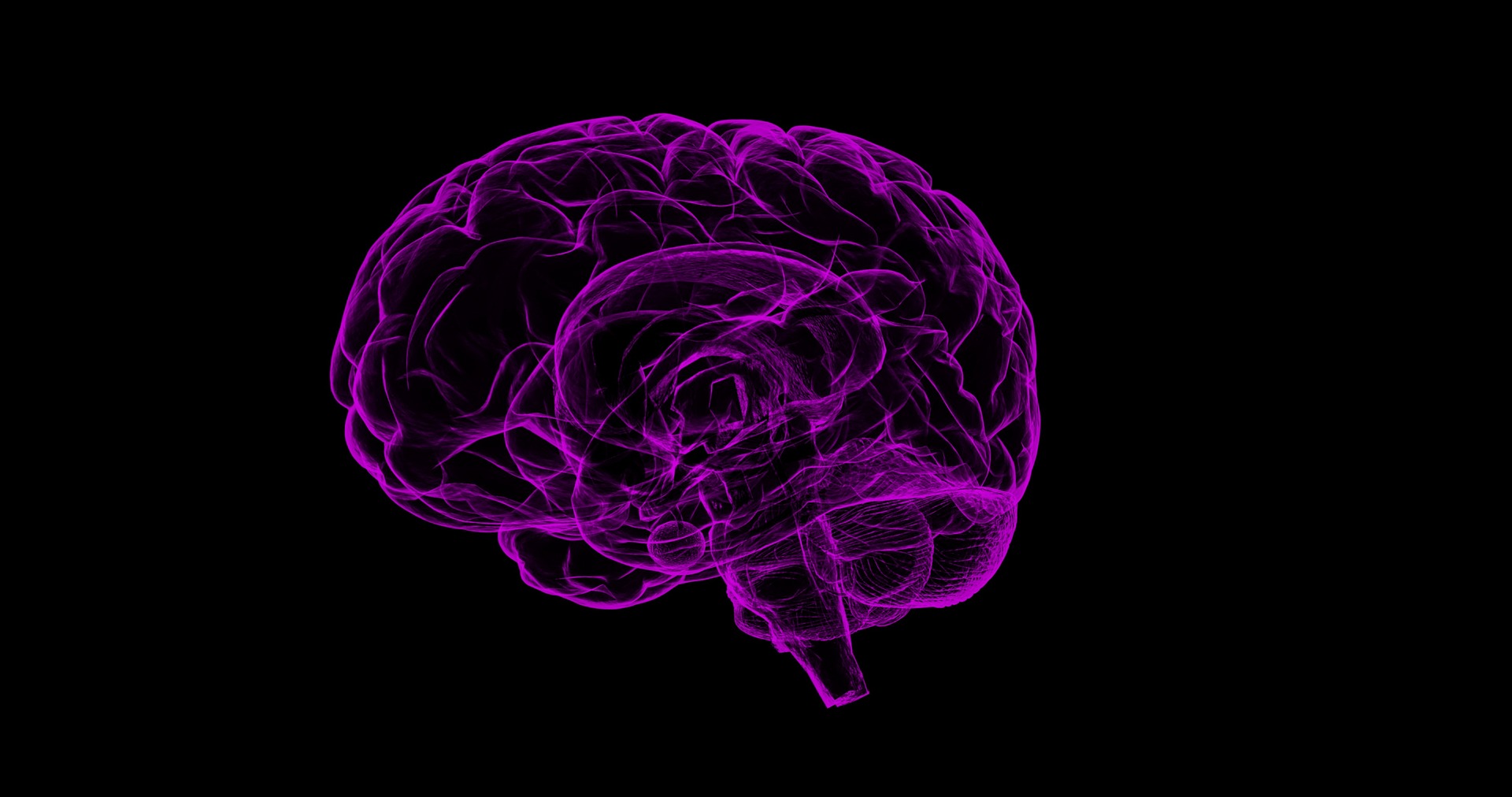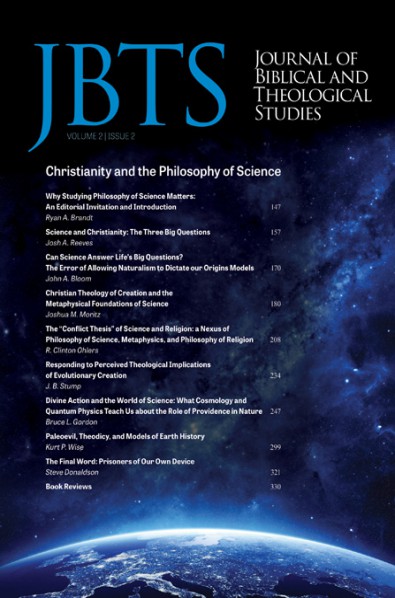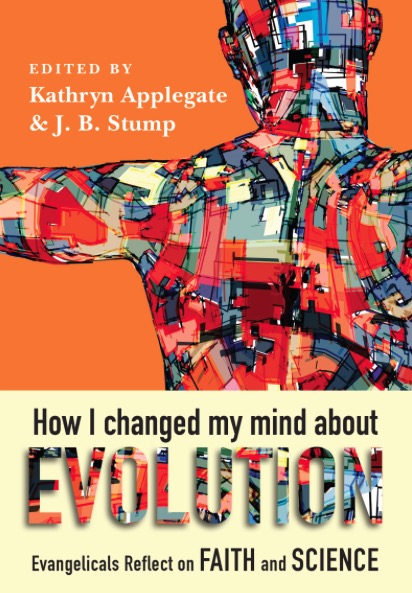


Who Am I?
Alan Gijsbers, August 2011
Download PDF
Who am I?
Alan Gijsbers
Assoc Prof Alan Gijsbers, Head Addiction Medicine Royal Melbourne Hospital, Medical Director Substance Withdrawal Service The Melbourne Clinic Richmond & President ISCAST.
Sermon preached at Science Week St Paul’s Cathedral Melbourne August 14 2011.
Who am I personally? I am a physician in Addiction Medicine. I have the privilege and the challenge of dealing with people addicted to alcohol and or other drugs. If you like I am an applied neuroscientist. My laboratory is the bedside and the consulting room. My subjects are my patients. The scientific literature is my guide to providing the best service available to them.
Neuroscience is a vast and complicated field. Some neuroscientists work at the micro-level studying nerve conduction or neurotransmitters. Some neuroscientists may spend their lives studying one single transmitter that communicates between one nerve and the next. Neuro-radiologists study neural images via scans of all types –CAT, PET, SPECT, and MRI scans.
Neurologists study strokes, epilepsy, Parkinson’s disease and the like. Neuropsychiatrists study and treat structural brain conditions like dementia, Huntington’s chorea. Psychiatrists treat conditions like depression, anxiety, schizophrenia and personality disorders.
Psychologists study aspects of psychological functions like perception, fear, cognition and the like.
Addiction specialists at one level study the pleasure circuits of the brain. These circuits are loosely called the limbic system. You might call me a limbicologist. But at another level I sit with patients as they struggle with the extraordinary biopsychosocial disease of addiction.
What is this pursuit of artificial instant chemical pleasure? What is it that makes me feel so good — temporarily — and yet it can be so distressing for those around me? For when I am intoxicated I am oblivious to the hurt and embarrassment I cause, especially to those nearest and dearest to me. Further they are afraid of me in my intoxication so they try to control my behaviour. Instead of that helping me it makes me feel more distressed and angry. To anaesthetise that anger I drink or drug more.
The desire to use is so overwhelming that the long term consequences of what I am doing are trumped by my immediate need to use. What is going on with my patients that they should find themselves addicted?
Does neuroscience supply the answer or do I need to look elsewhere?
The answer is that that depends on the sort of neuroscience we are discussing. If it is a narrow neuroscience of nerves and synapses, then the answers are not obvious, but if we see neuroscience broadly — within a biopsychosocial framework, if you like — then neuroscience can be very informative.
To understand this framework I’m going to look at three dimensions of neuroscience and see how these dimensions apply both to addiction and to a scientific understanding of neuroscience, and how these might resonate with the Christian Faith.
The three N’s of neuroscience
Scientific reductionism is a strategy for solving complex problems by reducing them to simpler components and analysing those. Thus neurology can be reduced to its fundamental components of nerves, axons, dendrites, and synapses. For example, Australian Sir John Eccles won a Nobel Prize for his work on the stretch reflex of the quadriceps muscle. Another Nobel Prize winner, Eric Kandell, studied the neurology of the Aplyssia snail, and worked out how nerves respond to environmental stimuli. Neither prize winner however would believe that reductionism is all there is. Reductionism as a philosophy says humans are nothing but nerves, muscles and synapses. This has been described as, ‘Nothing Buttery’. Thus addiction becomes nothing but a derangement in the reward pathway, or depression becomes nothing but serotonin deficiency.
The opposite of reductionism is complexity. Think of the drug dependent person. Dependence affects the limbic system, the pleasure centre of the brain. But it is not just about the pleasure centre. That pleasure centre is interconnected to the memory areas in the hippocampus, and to the evaluative areas and control areas in the frontal cortex. All of these neural networks interact with each other to produce addiction. But within a broader context, these interconnected networks are seen within a person with a history, a set of relationships, a set of social roles, and a spirituality. All these are perceived within a specific cultural context.
Complexity is thus a richer, fuller view of science and neuroscience.
This has been formalised in the concept of emergent properties and systems theory.
Consider ourselves as composed of a hierarchy of layers from subatomic particles at the lowest level, to atoms, molecules, macromolecules like DNA and RNA, to cells, then to cell collections into networks, to functions, to organs, to bodies up to ourselves. We can go beyond and see ourselves in increasingly complex systems of couples, families, communities, cultures, nations and beyond.
Systems theory makes the following observations about these layers.
- Each layer emerges from the layer below.
- The layer above develops new properties not necessarily predicted from the layer below.
- Each layer is relatively autonomous and can be studied in its own right.
- The layers above depend on the layers below.
- The layer above can profoundly influence the layer below.
We can describe what is happening to a person at a multiplicity of levels. Thus a person having a stroke may experience a clot in an artery. At one level a clot has formed and the nervous tissue beyond loses oxygen. At another level there is a loss of function, of speech or power, or feeling or vision or perception. At another level a father has been struck down and a family suffers the fear any serious illness brings. The family may choose to panic, or to call for help or to go to an emergency room. The emergency doctors may choose to do nothing or they may choose to aggressively intervene to remove that clot and rapidly reverse that process.
What you need to notice in all this is the phenomenon of top-down causation. That is, the whole can impact on the parts and change the performance of the part. For instance the patient can decide to stay at home or go to hospital; the doctors can decide to be aggressive or conservative in their treatment. By these decisions, the outcome of the event can be altered.
Before we leave complexity and emergence there are some neurological emergent properties which have been recognised for many years. These are our emotions; which, as Charles Darwin pointed out, we share with animals, our reasoning, which is supposed to make us distinctly human (homo sapiens); and our decision making, which Aristotle and Aquinas pointed out are supposed to umpire between our emotional drives and our rational assessments. These are emergent properties which can be studies within their own autonomy, but are dependent on the neurological layer below.
There is a newer emergent property called intentionality by John Searle or qualia by David Chalmers. Both these ideas describe the subjective quality of what we perceive and experience, the musicality of music, the greenness of green, the flood of feelings, or the inner quality of our own perception.
The most fundamental human emergent property is the sense of self. Who am I? We all have this property however battered and damaged it may be in our lives.
The key and difficult question is how do these emergent entities arise from our neurology? This is the hard mind/brain question. How does the organ called brain relate to these higher emergent properties of emotion, reason, volition, qualia and a sense of self? So far there is no answer to explain it, and yet there is a relation which I can illustrate by asking another person to raise their right hand and wave it in the air. What has happened is that I have had an idea which I converted into words. The person heard those words and decided to do what I asked. The result is that the other person’s nerves and muscles moved their limb. Ideas and thoughts are seamlessly converted into decisions and actions, but how that happened we just don’t know! This is top-down causation. The idea created the action. The mind controlled the brain.
But the brain also affects the mind, for without the brain the other person would not have been able to join in the exercise.
We began our lives as a single cell in the fallopian tube of our mother. We were implanted in her womb and gradually grew until we were born as a baby, a bundle of emotions who made our needs known by crying. Thirty thousand genes somehow grow to develop 1012 cells of which 109 are neurons.
But it is not just that the genes are foundational building blocks which automatically form these connections. Growth and development take place within an environment. Eric Kandell in his Nobel Prize-winning work showed that environmental stimuli switch on genes in neurons so that these neurons initially produce more neurotransmitters. If that stimulus persists, the neuron will develop more foot-processes. So there is an ongoing continual process of gene-environment interaction. It is not genes versus environment but environment changing the organism’s response through activating the organism’s genes, not just in the formation of the nervous system but in its ongoing activity.
If we look at a six year old brain under the microscope we find that it contains a lot more neurons than a 25 year old brain. But the 25 year old brain has more efficient and faster connections than the six year old. It turns out that the brain produces a lot of connections, but that only those that are used remain; those that are not used wither. Use it or you lose it, you might say. This is Edelman’s principle of neuronal selection.
When we look at it from a higher perspective, the baby develops within a nurturing environment, an emotional environment. If that environment is healthy the person develops a healthy expression of their emotions, learns to reason well, learns the otherness of other people and develops a healthy sense of self. They become responsible deciders. In an invalidating environment these developments are not so healthy and the person becomes emotionally truncated, relationally awkward and even their reasoning is distorted. They make poor choices.
There are critical times when the brain is primed to learn. Miss that time and learning is more difficult. Thus there are critical times for the visual pathways to develop and critical times for language skills to be forged. Musicians playing the violin have a larger brain representation of the left little finger if they have started playing before the age of 15.
The newer findings of neuroplasticity, that is that the brain changes itself, mean that there is a greater degree of flexibility in neural functioning than we thought. The brain can adapt and change. Thus a person with alcohol related brain injury may recover. A person with a stroke may regain function. But only to some extent, sometimes damage is permanent.
We also need to recognise that there are baffling conditions that cause permanent brain injury and lead to an inevitable decline to death. We are all subject to decay; that is part of the human condition. Further we are dependent. Just as we start as babies being highly dependent on others, so we may finish our lives that way. We are dependent on those around us. We are not just individuals but individuals in relationships.
The third neuroscientific dimension in answering the question ‘Who am I?’ is the dimension of narrative. We all understand ourselves in the light of our story. That story is remembered fitfully and interpreted in the light of our values.
One of the greatest privileges of my work is to ask the person, ‘Tell me your story’. What happened? What started it? How did it develop this way? How do you understand what has happened? What can we do to help you understand your story better, and especially how can we help you in the future to make the course of your life more meaningful and more satisfying?
For my patients the story starts with the start of the addiction process, but very often there is a deeper story. It is a story of pain, of rejection, of broken relationships, of failure and shame, of fear, of mistrust or of bewilderment and of a sense of brokenness.
Mark (not his real name) was a perfectionist tradesman. He tried to prove he was good by working hard and doing everything just right. When he was young and enthusiastic he could do all he had to do. He could give himself 110%. He was better than the others and his bosses loved him for his work. But he could not suffer fools gladly and was very short on anyone who let him down. He was an exacting taskmaster. He was known as grumpy and irritable and yet good at his job.
Then he suffered a workplace injury and his world collapsed. He could no longer prove to the world that he was the best. He who did not suffer fools gladly found himself to be a fool. The alcohol he used to drink to wind down at the end of the day gave him temporary relief from the severe negative and critical thoughts he had about himself.
For there was a deeper secret. In the past he had been sexually abused by a member of a religious order. That had left him with a deep feeling of being dirty. He thought he was responsible for what had happened and it made him feel very ashamed. He hated religion, for that is where it happened. Family celebrations like weddings, and baptisms were extremely traumatic for him because the trappings of church brought up all these memories and feelings of shame, injustice and a desire for revenge.
The only way he had to blot out these memories was to drink alcohol. That provided temporary relief but only for a little while. The next day these memories would come back with a vengeance. He would also have the added shame of drinking far more than he should have and the fear that, while he was intoxicated he may have done something more to be ashamed of.
There are countless stories like that in my clinical practice: perfectionist parents making impossible demands on their children, children growing up believing they were never good enough. Often there were religious overtones to the stern harsh unpredictable and inconsistent discipline they were subjected to. Fearful women would marry strong men to provide some security for their uncertainty only to find themselves in an abusive relationship.
How do we make sense of stories like this?
2000 years ago there was a woman who lived in a village in Samaria. She lived in shame, which is why she avoided the social chatter in the cool of the evening when the women would come and draw water from the well. That is why she would come in solitude in the heat of the day. One day to her surprise a stranger was sitting by the well. That’s ok, he was a man, a Jew, he would have no dealings with her. To her surprise he spoke, asking her for a drink. This was not custom and she expressed surprise. He in turn surprised her by playing with the word thirst. The water he gave, he said, would satisfy her deepest thirst. It took a little while for her to realise he was speaking of her spiritual thirst, that deep ache of dissatisfaction which had plagued her life. Could he help her to find peace?
‘Give me this water’, she asked. ‘Go call your husband’, he replied. She was startled. What did he know about her shame? She tried to fend him off. ‘I have no husband’, she said. Technically she was right but he saw through that. ‘You are right, you have no husband. You have had five, and the one you have now is not your husband.’ Gosh the gossip had reached even this stranger! She was confronted with the serial pickups and let downs that had characterised her life. She was unable to sustain an ongoing relationship. Bullies had picked her up and dropped her many times so that at the end she had not even bothered to formalise the relationship.
She knew her thirst. She thought that God might satisfy that thirst, but where would God be found? The local shrine did not seem to provide the answer, and the Temple at Jerusalem was walled off from Samaritans like herself, and from women too. Where was God for her? Where could God be found?
The stranger replied that God can be found wherever there are people looking for God. Soon anyone anywhere can come to God in spirit and in truth. She said ‘When God’s chosen one comes he will explain everything’. He said, ‘That’s me’.
Then this woman of shame did the most incredible thing. She ran back to the city and called them out. ‘Come see this man who told me everything I’d ever done. Could he be the chosen one?’
If someone told me all that I’d done, would I be free, enthusiastic and unashamed? But such was the power of Christ. Such is the love of God.
For Mark whom we talked about earlier, after a long and difficult time in and out of withdrawal programs and after a number of psychiatrists he finally found peace. ‘What happened Mark?’, I asked one day. ‘It was when I found out that God loves me. That’s what made the difference.’ Miracle of miracles, in spite of ecclesiastical abuse, Mark pushed through all the trappings of power and abuse to find the essential core of the Christian faith, that God is love and that God understands, forgives and puts things right.
Who am I? I am a complex, non-reductive, neurodeveloping human being in relationships and with a narrative. From my perspective as a Christian I would encourage you to understand your narrative in the light of the fact that God loves you and understands you. The challenge then becomes what you do in the light of that love and understanding.
